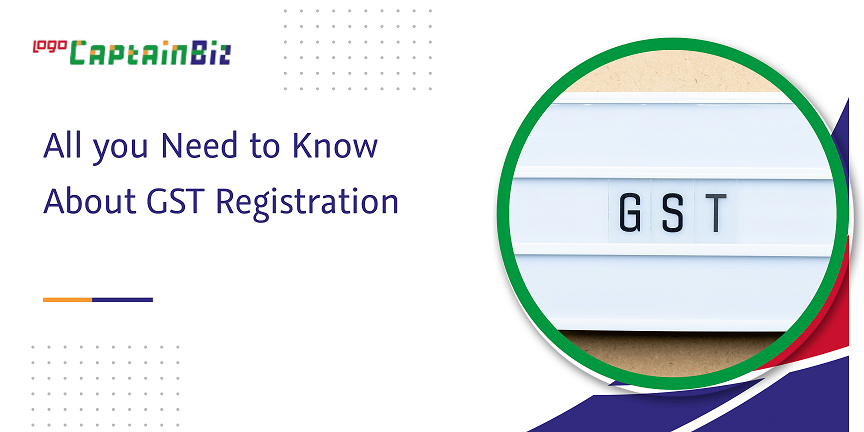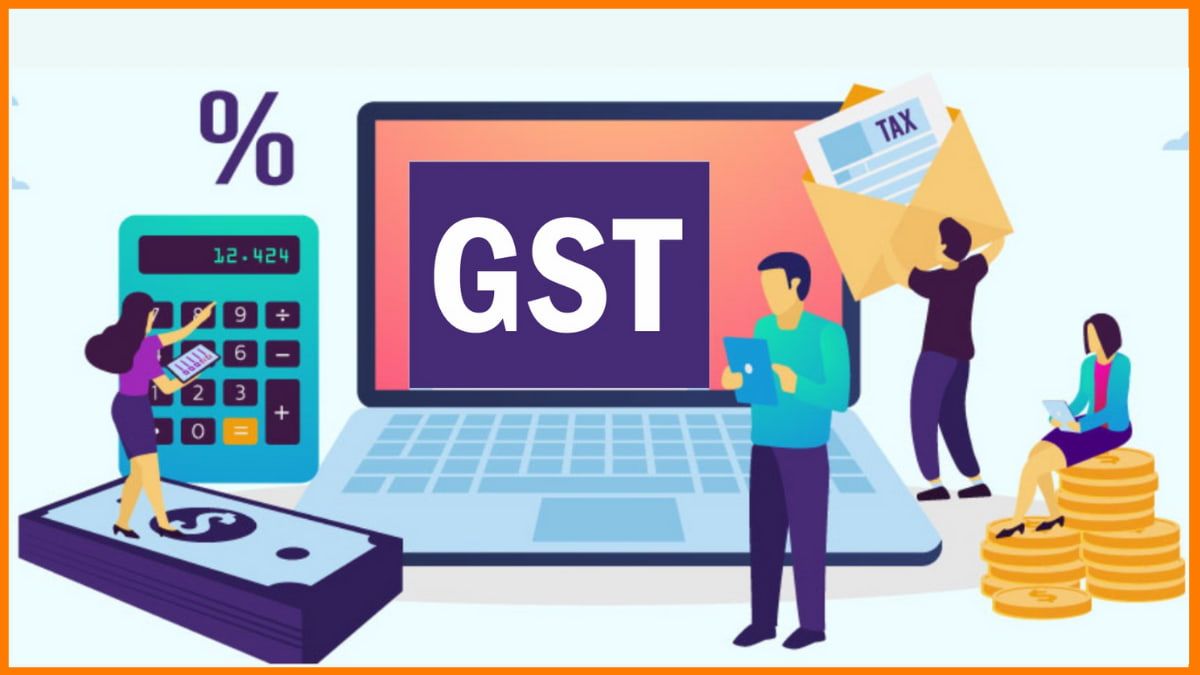Top Tips for a Smooth Singapore GST Registration Experience
Top Tips for a Smooth Singapore GST Registration Experience
Blog Article
Grasping GST Enrollment: Crucial Actions to Ensure Regulatory Compliance and Organization Development
Browsing the world of Item and Provider Tax Obligation (GST) enrollment can be a crucial step for organizations intending to keep conformity and foster development. The intricate process of registering for GST demands a keen understanding of the necessary steps involved, from realizing the essential concepts of GST to diligently preparing the called for documentation. Nevertheless, beyond simply ticking off the regulative checkboxes, mastering GST registration opens a realm of possibilities for businesses to purposefully leverage this tax structure to propel their growth. Recognizing the subtleties of GST registration is not simply an administrative requirement but a strategic step that can form the trajectory of an organization in the direction of sustainable success.
Understanding GST Fundamentals
Recognizing the basics of Item and Solutions Tax (GST) is important for services to browse the complexities of tax obligation conformity and monetary management properly. GST is a value-added tax obligation imposed on the supply of goods and solutions in India, aiming to produce a unified tax obligation system across the nation. Singapore GST Registration. Under GST, companies require to sign up and get a distinct GSTIN (Product and Provider Tax Obligation Identification Number) to be compliant with the legislation

Readying Necessary Files
To guarantee conformity with GST registration needs, companies must collect and organize the needed records for the application procedure successfully. The key files commonly needed for GST enrollment include proof of organization enrollment or unification, Frying pan card of the identity, address and business evidence of marketers, photos, bank statements, and proof of address of the location of organization.
Organizing these records in a methodical manner can simplify the application process and demonstrate business's commitment to regulatory compliance. Services need to maintain both physical and electronic duplicates of these documents for simple accessibility and referral. By preparing the required documents carefully, organizations can expedite their GST enrollment process and emphasis on their core procedures with the assurance of regulative conformity.
Online Enrollment Process
Commence the GST enrollment process by browsing to the official online portal designated for company enrollment. When the account is set up, you can continue with filling up out the GST enrollment application type by entering the essential company details, including business address, turnover, and type information.

Conformity and Coverage Commitments
Upon successful registration on the GSTN site and conclusion of the essential documents, companies must abide by stringent compliance and reporting obligations to make certain regulative adherence and operational transparency. Compliance needs under GST mandate prompt and precise filing of different returns, such as GSTR-1 for outside supplies, GSTR-3B for regular monthly recap returns, and yearly returns like GSTR-9. Furthermore, services require to resolve their sales and purchase data with GSTR-2A and GSTR-2B to insurance claim input tax credit ratings properly.
Preserving correct records of invoices, accounting records, and other appropriate information is essential for GST compliance. Routine audits and analyses by tax authorities demand businesses to have careful paperwork and reporting systems in area. Any type of discrepancies or non-compliance can bring about penalties, penalties, or even suspension of GST registration.
To enhance compliance processes, organizations can utilize GST conformity software that automates return conformity, filing, and reconciliation monitoring. Staying upgraded with governing modifications and looking for professional advice when needed can better enhance compliance efforts and ensure smooth operations within the GST structure.
Leveraging GST for Service Development
One vital advantage of GST is the input tax obligation debt mechanism, which permits services to declare credit scores for taxes paid on inputs. Furthermore, GST advertises transparency and accountability in the tax obligation system, which can assist companies build count on with clients and partners.
Moreover, GST registration can also open up new markets for companies. In essence, leveraging GST for company development entails critical preparation, efficient conformity, and a positive strategy to economic management.
Conclusion
In final thought, grasping GST enrollment is vital for making sure regulatory conformity and promoting organization development. By understanding the basics of GST, preparing required records, finishing the online registration procedure, and fulfilling compliance and reporting responsibilities, companies can utilize GST to their benefit. It is necessary for organizations to abide by the guidelines and utilize GST as a tool for expanding additional resources their operations and staying affordable in the market.
Navigating the realm of Product and Provider Tax Obligation (GST) enrollment can be a critical step for companies intending to preserve compliance and foster growth. The essential documents generally required for GST registration consist of evidence of service enrollment or unification, PAN card of the identity, address and business proofs of promoters, photographs, bank declarations, and evidence of address of the location of company.Start the GST registration process by navigating to the official online site marked for company enrollment. When the account is established up, you can continue with filling up out the GST registration application kind by going into the needed organization information, consisting of organization type, address, and turnover details.
By recognizing the basics of GST, preparing required files, finishing the on-line enrollment procedure, and satisfying conformity and reporting responsibilities, businesses can utilize GST to their advantage.
Report this page